Have you ever bought a new mattress only to find it causes back pain? This might seem surprising, but it's a common issue for many people.
When you invest in a new mattress, you expect better sleep and comfort. Instead, you might wake up with aches and pains, which can be frustrating and confusing.
Common signs that your mattress might be causing back pain include:
- Waking up with a stiff or sore back.
- Feeling discomfort during the night.
- Finding it hard to get comfortable.
If you notice these problems, your new mattress might be the culprit. In this blog, we'll explore why a new mattress causes back pain and how to find the right one for a good night's sleep.
Common causes of back pain from a new mattress

Adjustment period
When you get a new mattress, your body needs time to adjust. Your muscles and spine have adapted to your old mattress, even if it wasn't perfect.
This adjustment period usually lasts a few weeks. You might experience discomfort as your body gets used to the new support during this time.
Firmness level
The firmness of your mattress is important for preventing back pain.
Back sleepers generally need medium to firm mattresses to maintain spinal alignment. This firmness level offers enough support to keep the spine neutral without feeling too stiff.
Side sleepers, on the other hand, benefit from a medium-soft mattress. This softer surface allows their hips and shoulders to sink slightly, reducing pressure points.
Stomach sleepers need a firm mattress to stop their belly from sinking too much into the bed, which might hurt their lower back.
Poor mattress quality
A low-quality mattress can also cause back pain. Signs of a poor-quality mattress include sagging, uneven support, and poor materials. If the bed isn't well-made, it won't support your spine correctly, leading to discomfort.
Insufficient support
Your mattress should provide proper spinal alignment, edge support, and even weight distribution unique to your body and sleeping preferences. Here's why each of these factors is crucial:
Spinal alignment
Your mattress should contour to your body's natural curves, ensuring your spine remains properly aligned throughout the night. It should also adapt to various sleeping positions without causing the spine to bend or twist unnaturally.
Properly aligned spines reduce strain on muscles and ligaments, potentially relieving back pain.
Edge support
Edge support refers to the reinforcement along the border of your mattress.
It ensures that it maintains stability and support even near the edges. It should offer comparable support to the center of the mattress, preventing you from feeling like you might roll off.
Firm edge support also facilitates ease of movement, making getting in and out of bed simpler without feeling unstable.
Even weight distribution
A good mattress distributes your body weight equally across its surface, preventing the development of pressure points. It ensures that no single area bears too much weight, which can lead to discomfort and pain.
By promoting better circulation and reducing pressure points, a mattress with even weight distribution can help ease potential sources of back pain.
Incorrect mattress type
There are different types of mattresses, such as hybrids, memory foam, and innerspring. Each type supports your spine in various ways.
If your mattress type doesn't suit your sleeping style, it can cause back pain. Here are four mattress types to consider:
Hybrid mattresses
These mattresses combine the comfort of foam or latex layers with the support of innerspring coils. They are designed to balance support and pressure relief, making them suitable for many sleepers.
However, a hybrid mattress may not be the best choice if you prefer memory foam's shaping feel or latex buoyancy.
Latex mattresses
Latex mattresses are known for being responsive, durable, and having a natural cooling property. They provide excellent support and pressure relief, making them ideal for those with back pain.
However, latex mattresses may not be suitable for individuals who prefer the sinking sensation of memory foam or are allergic to latex.
Memory foam mattresses
Memory foam molds your body shape, giving personalized support and relieving pressure. They are excellent for isolating motion and reducing disturbances from a restless sleep partner.
However, memory foam mattresses may retain heat and lack the responsiveness of other mattress types, which can be a concern for some sleepers.
Innerspring mattresses
Innerspring mattresses use steel coils to provide support and bounce. They are known for their durability and responsiveness, making them a popular choice for traditional mattress shoppers.
However, innerspring mattresses might not ease pressure enough for people with back pain. This is especially true if they're thin or don't support important areas well.
Mattress and base don't pair well
Not all mattresses are compatible with every type of bed base. Each base, such as box springs, platform beds, slatted bases, and adjustable bases, has specific compatibility requirements.
For example, box springs are typically compatible with innerspring mattresses, while platform beds can accommodate a broader range of mattress types, including innerspring, memory foam, latex, and hybrid mattresses.
Ensuring that your mattress and base are compatible is essential for optimal support and comfort.
4 signs your new mattress is causing back pain

If your new mattress is causing back pain, you may experience the following signs:
Waking up with back pain, stiffness, or soreness in the morning
After a night's sleep on your new mattress, you may wake up with discomfort in your back, feeling stiff or sore.
This pain can go from mild to severe. It may also affect different areas of your back, such as the lower or upper back.
If you consistently experience these symptoms upon waking, your mattress is likely contributing to your discomfort.
Noticing a decline in sleep quality due to frequent tossing and turning
A mattress that doesn't provide adequate support or comfort can lead to restless sleep. If you're moving a lot at night trying to get comfy, your mattress might be the problem.
This constant movement can interrupt your sleep cycles, resulting in poor sleep quality and leaving you feeling tired and unrested in the morning.
Experiencing worsening of existing back pain
Switching to a new mattress may worsen your symptoms if you already suffer from chronic back pain.
Despite hoping for relief with a new mattress, you may find that your existing back pain becomes more intense or frequent. This worsening of symptoms indicates that the mattress is not providing adequate support or alignment for your spine, contributing to discomfort.
Continued back pain beyond the initial adjustment period of one month
It's okay to feel a bit uncomfortable at first with a new mattress, but it should get better over time. However, if your back still hurts after a month on the new mattress, it means something else might be causing the pain. In such cases, it's essential to reassess the mattress and consider whether it fits your needs.
Knowing these signs will help you figure out if your new mattress is causing your back pain. Then, you can take steps to fix it for better sleep and more comfort.
How to fix your new mattress causing back pain
Break-in the mattress
Break it in gradually to help your body adjust to a new mattress. Spend a few hours a day on the mattress before sleeping on it all night.
Utilize a mattress topper
Think about using a mattress topper to improve the support and comfort of your current mattress.
A mattress topper sits on your bed like a removable cushioning layer. It adds extra softness or firmness, depending on what you like.
Examples of mattress toppers include:
- Memory foam topper: Memory foam toppers contour to your body shape, providing excellent support and relieving pressure points.
- Latex topper: Latex toppers are resilient and durable, offering comfort and support with a bit of bounce.
- Gel-infused topper: Gel-infused toppers provide cooling properties, helping regulate temperature and keeping you comfortable throughout the night.
Use pillows for extra support
Ensure proper support and alignment by strategically using pillows while sleeping. Here's how:
- Back sleepers: Place a pillow behind your knees and under your arm to maintain proper head and neck alignment.
- Side sleepers: Place a pillow between your knees and under your arm to alleviate pressure on the lower back.
- Stomach sleepers: Use a low loft pillow under your stomach to reduce strain on the lower back and align your spine.
- Combination sleepers: Utilize a body pillow to hug when sleeping on the side or place it under your knees for added spinal support.
Consider upgrading to adjustable bed frames
Upgrade your sleeping experience with adjustable bed frames. This type of bed base allows you to customize your mattress position, offering several benefits:
- Enhanced Comfort: Adjusting your mattress position can relieve pressure points and promote better circulation, improving comfort.
- Targeted Support: Elevating specific body areas can help ease back pain and reduce muscle and joint strain.
- Customized Sleeping: Find the perfect position for optimal comfort and support, whether you prefer your head elevated, legs raised, or both.
- Reduced Snoring: Elevating the head of the bed may reduce snoring and symptoms of sleep apnea by opening airways.
- Convenience: Additional features such as massage settings and programmable memory positions add convenience and versatility to your sleeping experience.
Invest in a High-Quality Mattress from Blissful Nights
If all else fails, consider investing in a high-quality mattress from Blissful Nights.
While it might be a little expensive, a good mattress can improve your sleep and reduce back pain. Look for a mattress that offers good support, is made from quality materials, and suits your sleeping position.
FAQS
Is it normal to have back pain with a new mattress?
It's common to experience back pain with a new mattress, especially if it changes significantly from your previous sleeping surface. Your body may need time to adjust to the new support and firmness level.
However, if the pain persists or worsens over time, it's essential to investigate whether the mattress properly fits your needs.
How long does it take a body to adjust to a new mattress?
How long it takes for your body to get used to a new mattress depends on things like your sleeping habits and health. It also depends on the type of mattress you picked.
Most people generally adapt to a new mattress within a few weeks to a month. However, if you continue to experience discomfort after this adjustment period, it may be worth reassessing your mattress choice.
How can I determine the right firmness level for my mattress to avoid back pain?
Determining the proper firmness level for your mattress depends on various factors, such as your body weight, sleeping position, and personal preferences.
Medium to firm mattresses are generally a good starting point as they offer most people a balance of support and comfort. But remember to think about your back pain, how you like to sleep, and any health problems when you pick how firm your mattress should be.


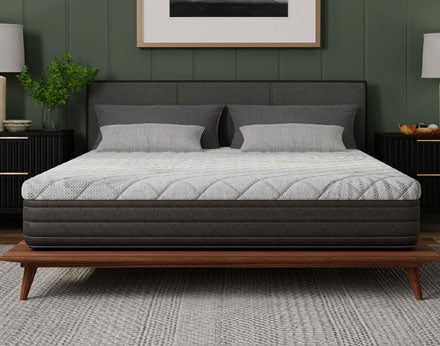




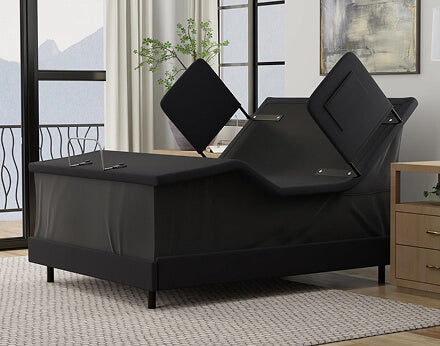



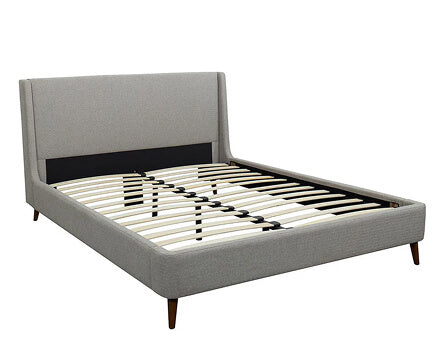
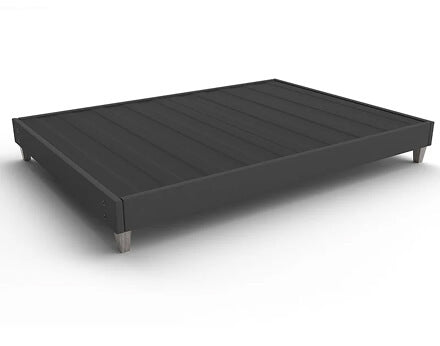
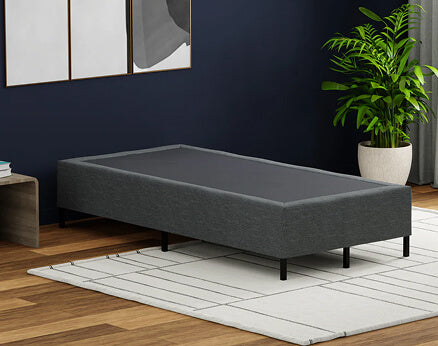

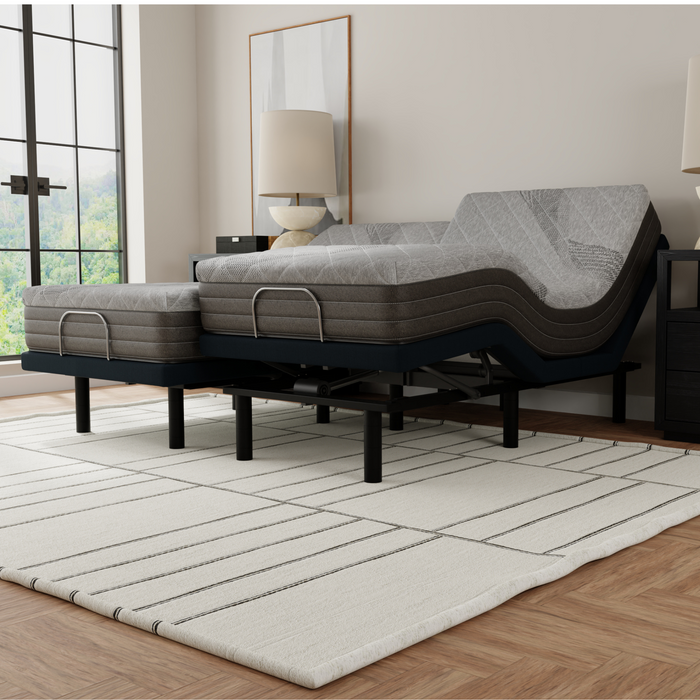
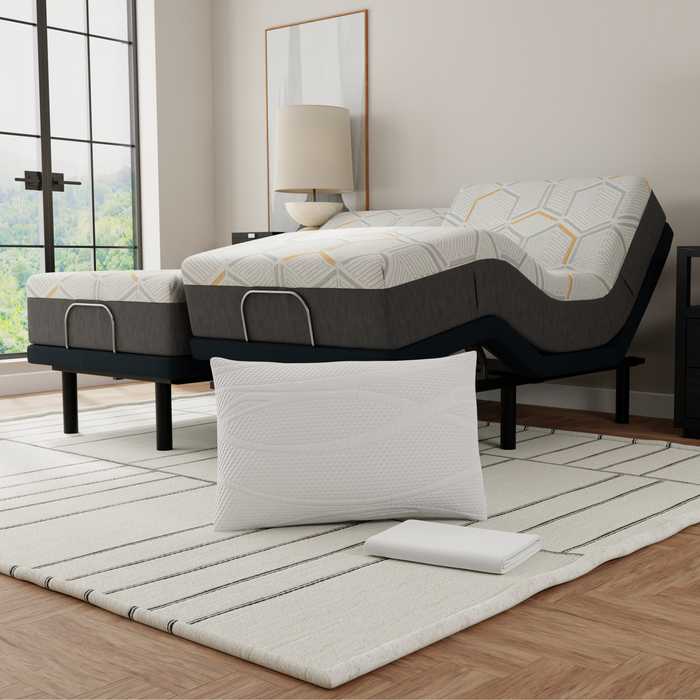
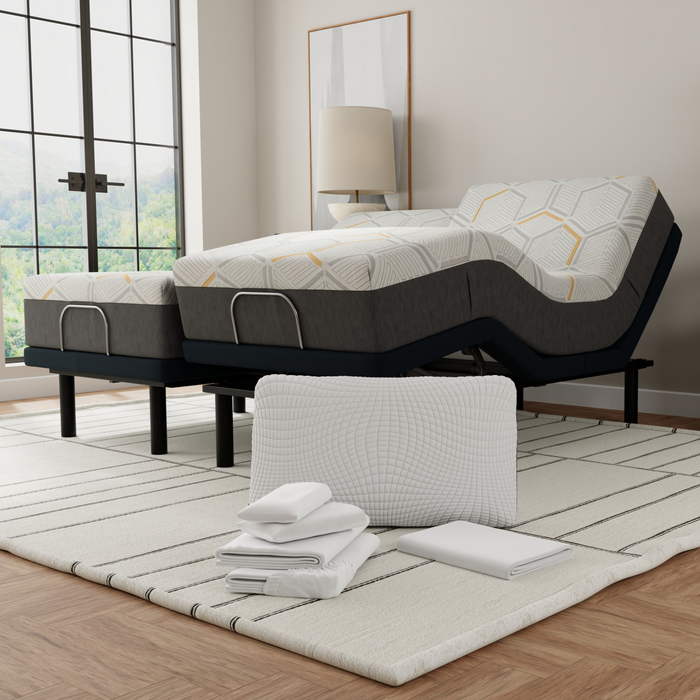
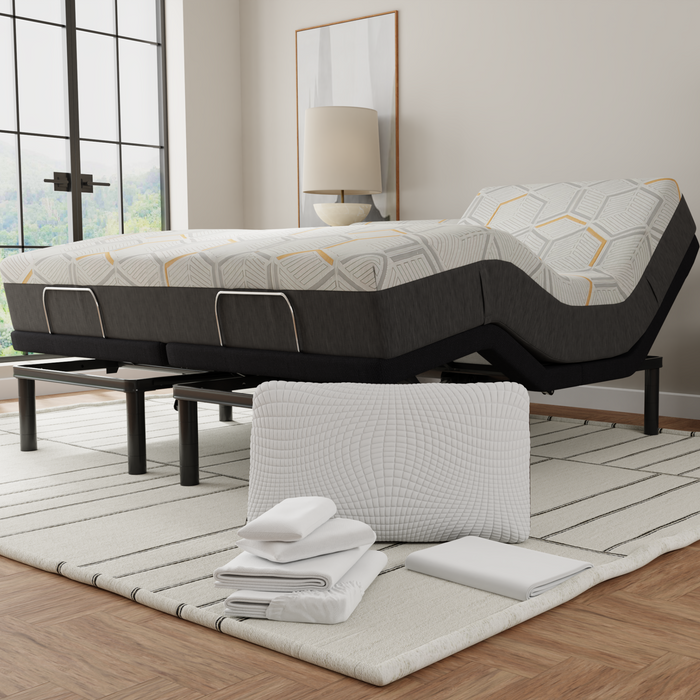
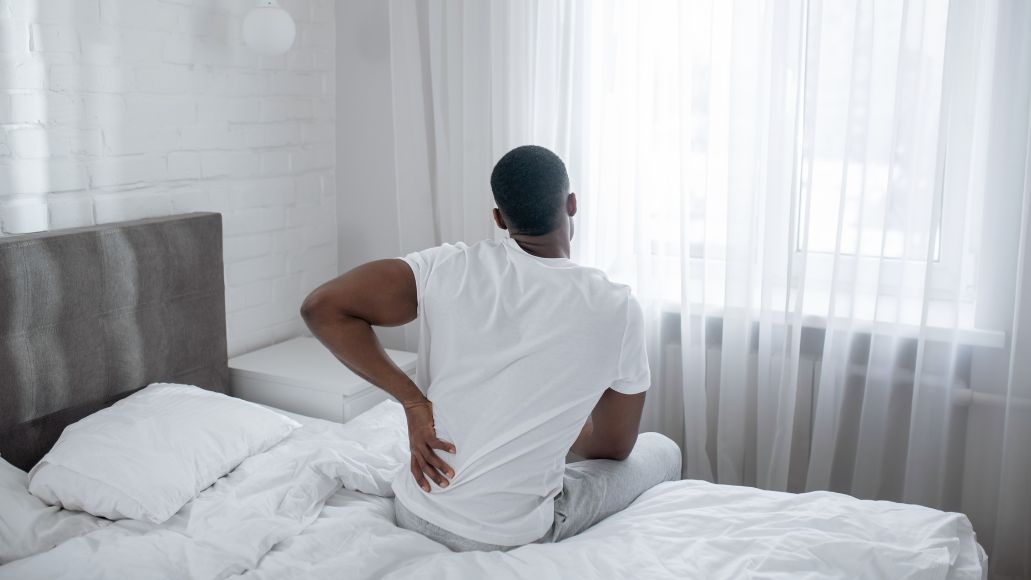
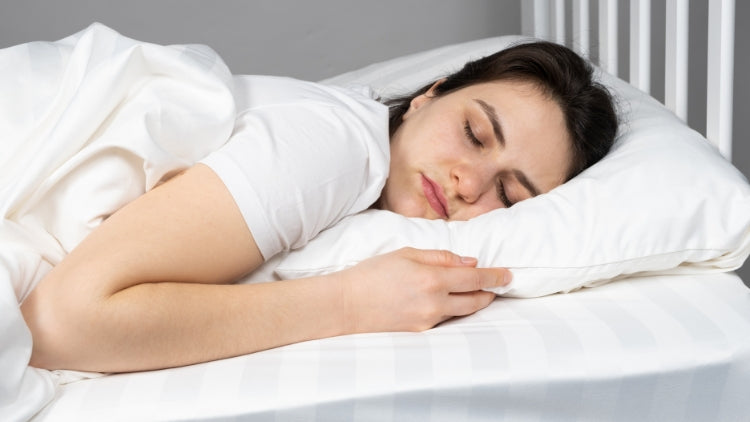
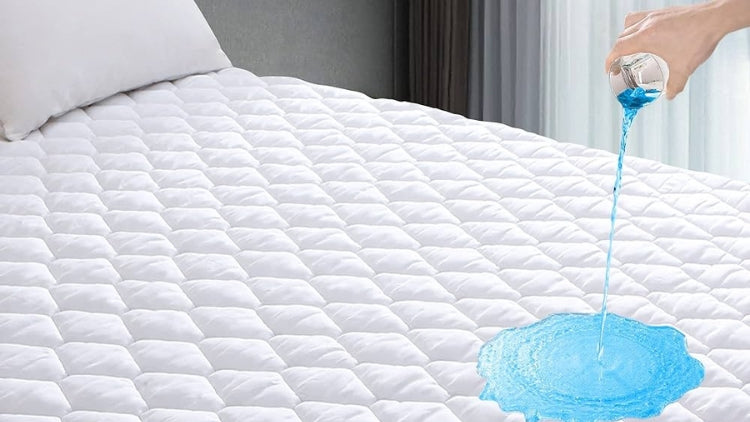
Leave a comment
This site is protected by hCaptcha and the hCaptcha Privacy Policy and Terms of Service apply.